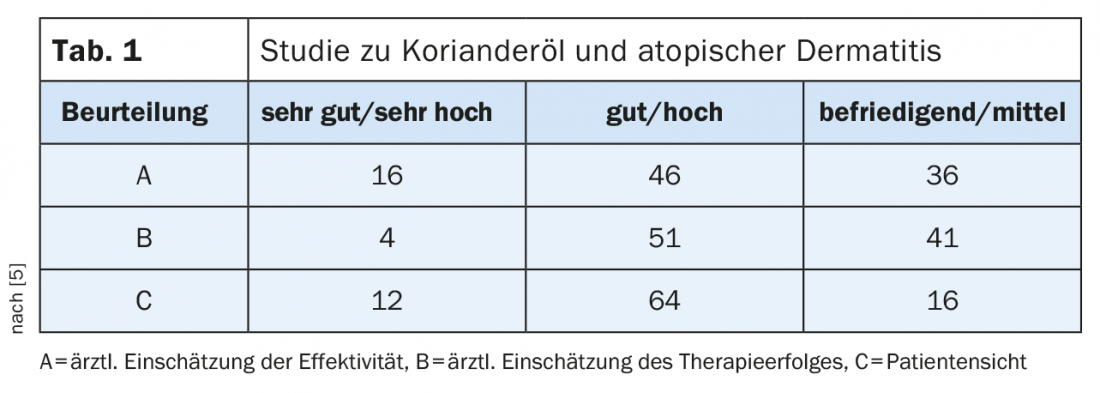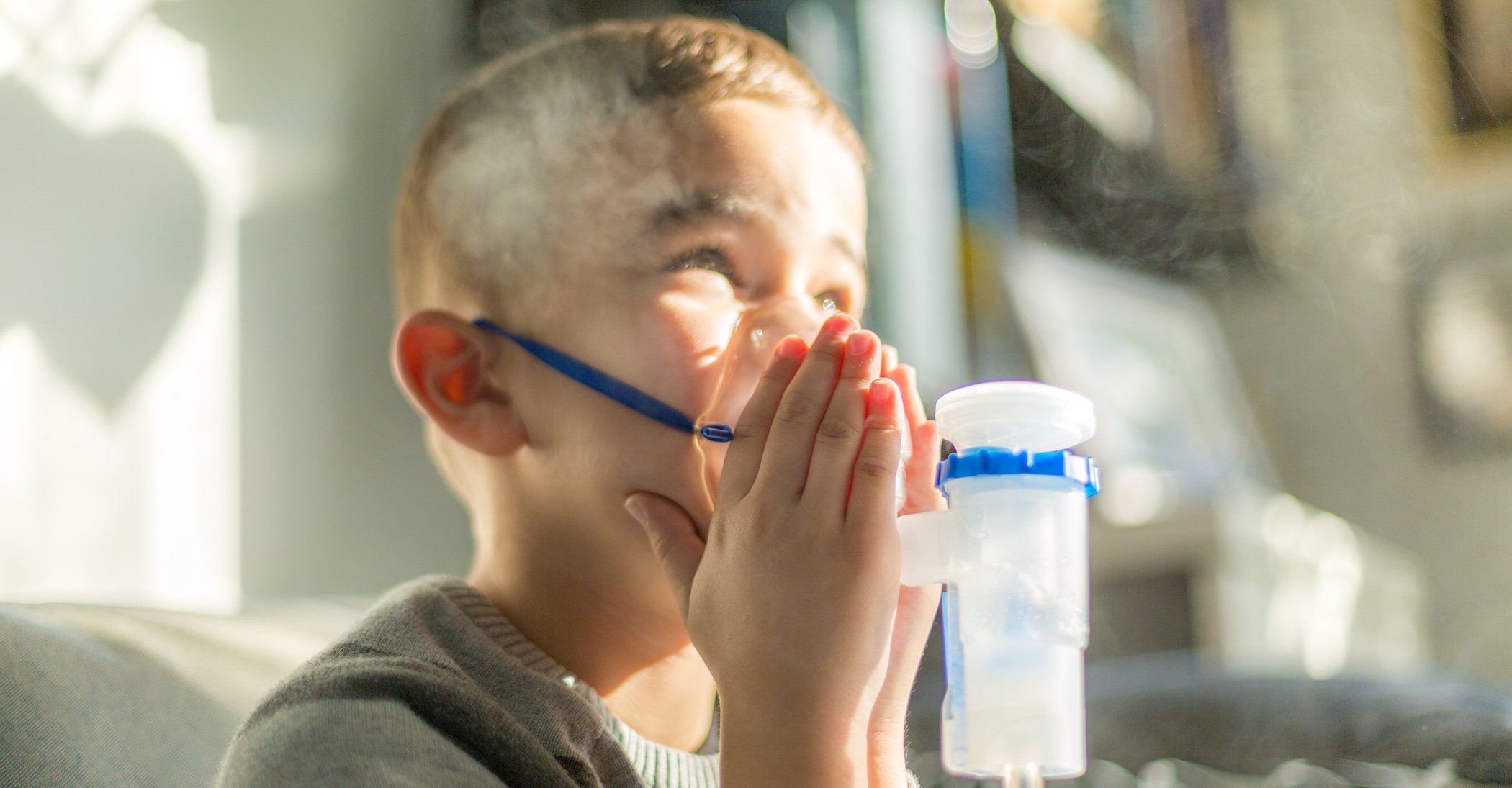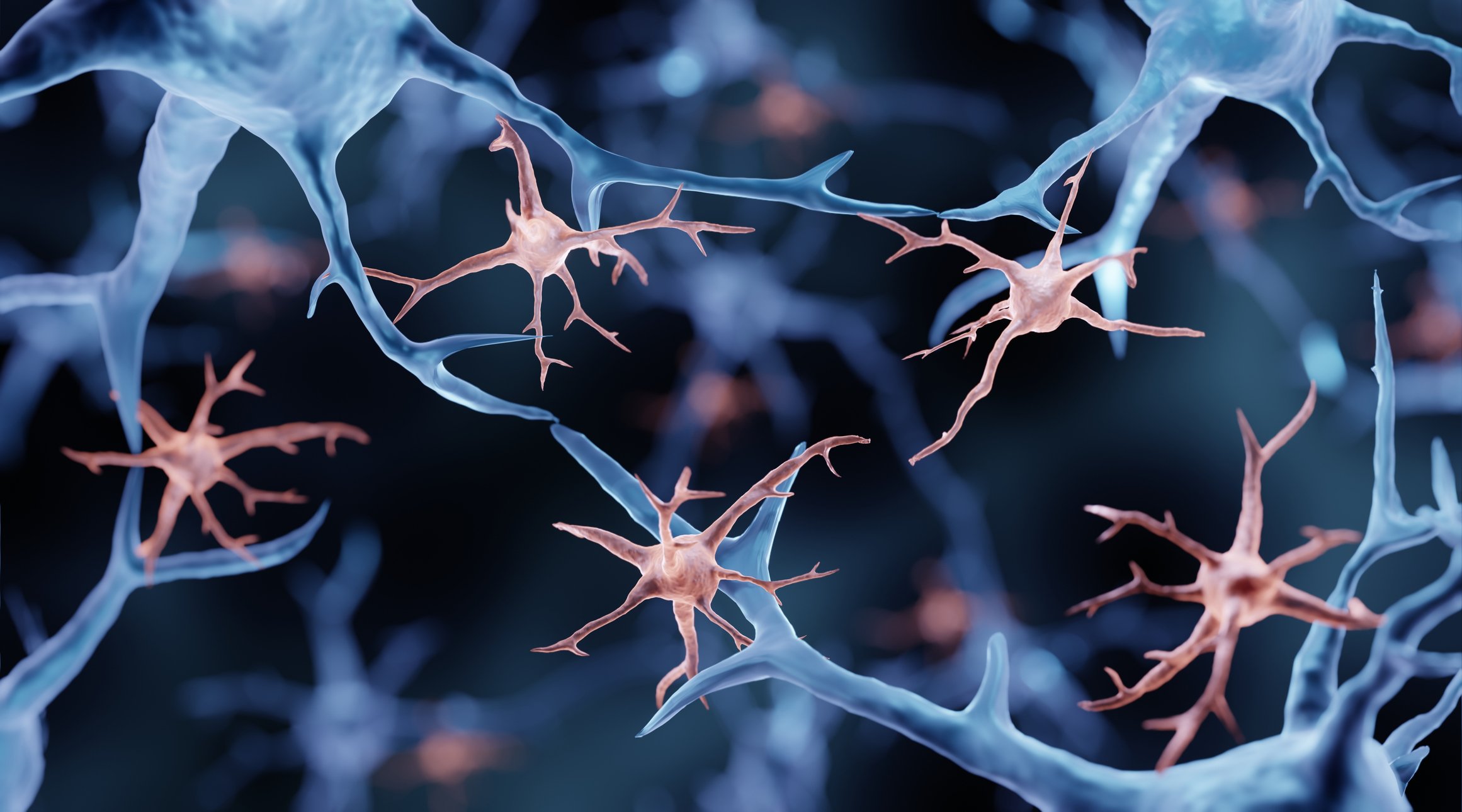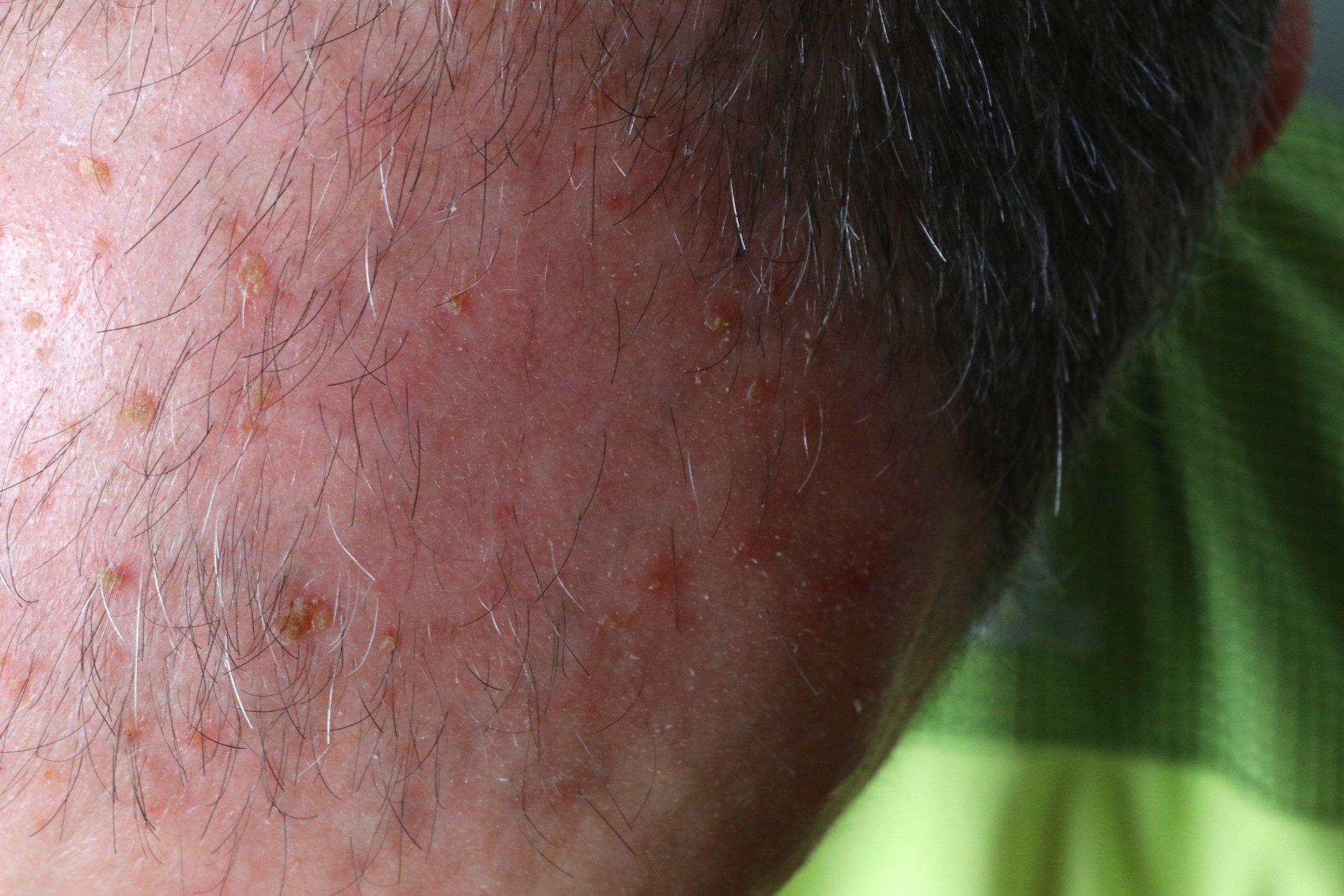Just a few years ago, aromatherapy was considered an unscientific method used only by exotic people. In the meantime, it is also increasingly becoming the focus of research.
In recent years, some spectacular study results have been published in the field of “aromatherapy” or “essential oils”. Numerous scientists spoke about this at the 33rd Swiss Annual Conference on Phytotherapy held in Baden on November 22, 2018, which was dedicated to the topic “Essential oils and their therapeutic potential” [1]. This article presents a selection of them.
All cells have olfactory receptors
A basic finding of studies published in the period since 2000 is that each cell of the human body produces olfactory receptors whose nature and function are organ-dependent. Prof. Dr. med. Hanns Hatt, Ruhr University Bochum, dealt with this topic in more detail in his presentation. Olfactory receptors can be activated by scents and trigger a corresponding response, such as the growth of a corresponding organ, even when the sense of smell is switched off. Pheromones can activate certain receptors in the brain and thus trigger emotional reactions, for example.
The human body possesses 350 identical types of olfactory receptors, or in other words, the olfactory alphabet comprises 350 “letters”. So far, however, the “activation odors” of only about 10% of these olfactory receptors could be determined. Human olfaction begins in the womb and babies recognize their mothers by their smell. However, the evaluation of scents is not genetically determined, but is controlled by upbringing, cultural circle, and personal experience [2]. Lavender oil can have a sleep-inducing and anxiolytic effect with a fragrance effect via the intestine.
To date, more than 20 olfactory receptors have been found in sperm that influence swimming direction and speed [3]. Olfactory receptors also have an important function in diseased body cells. This could result in novel diagnostic and therapeutic opportunities in the future [4].
Therapeutic options
Coriander oil with atopical dermatitis: About the therapeutic possibility of coriander oil with atopical dermatitis lectured Prof. Dr. med. Dipl. Biol. Christoph M. Schempp, University of Freiburg i.Br. He presented his own studies as well as a clinical trial [5]. Preparations containing coriander oil can be used to combat pathogens in the nasopharynx and to treat various dermatological problems.
In the presented study, 65 patients with atopic dermatitis participated and were treated with a combination of phototherapy and a coriander LipoLotion 1% for 15 days (±5 days). The target parameters were: A) The physician’s assessment of the effectiveness of lipolotion, B) The physician’s assessment of the contribution of lipolotion to therapeutic success, C) Patient assessment of overall satisfaction with lipolotion. Lipolotion with 1% coriander oil was rated satisfactory/medium to very good/very high in over 90% of all three assessments (Table 1).

Antimicrobial properties of essential oils: The antimicrobial properties of natural products were the topic of the presentation by Prof. Dr. Matthias F. Melzig, FU Berlin. The following facts were presented in this regard:
- Antimicrobial natural products act non-specifically and have a broad-spectrum effect.
- Bacteria cannot develop resistance to natural products with terpenoid structure based on plasmid formation.
- There are essential oils, which prevent the formation of resistance with biofilms.
- Combinations of antibiotics and essential oils are useful for reducing the quantitative use of antibiotics and the formation of resistance.
Essential oils mentioned in this context include, for example, essences of oregano, thyme, coriander, certain types of sage, rosemary and lavender.
In a study, the speaker was able to show how an effective room disinfection of up to 100% reduction in the number of germs can be achieved with a mixture of essential oils [6].
Summary
Recent research results put essential oils and therapies with corresponding natural essences in a new light. Meanwhile, several pharmacological and clinical studies have documented the effectiveness of essential oils in various diseases.
Literature
- 33rd Swiss Annual Conference on Phytotherapy 2018, 22.11.2018, Kongresszentrum Trafo, Baden, Proceedings ZHAW, SMGP, University Hospital Zurich, FiBL, www.smgp.ch, last accessed 22.02.2019.
- Hatt H, Dee R: Das kleine Buch vom Riechen und Schmecken, Munich: Knaus, 2012.
- Flegel C, et al: Characterization of the Olfactory Receptors Expressed in Human Spermatozoa. Front Mol Biosci 2016; 2: 73.
- Weber L, et al: Activation of odorant receptor in colorectal cancer cells leads to inhibition of cell proliferation and apoptosis, in PLOS One 2017. DOI: 10.1371/journal.pone.0172491
- Cavcic A, et al: Coriander oil-containing lipolotion in atopic dermatitis, Skin 2009; 3: 110-111.
- Doran A, et al: Vapour-phase activities of essential oils against antibiotic sensitive and resistant bacteria including MRSA. Letters in Applied Micorbiology 2009; 48 (4): 387-392.
HAUSARZT PRAXIS 2019; 14(3): 6












